COULD YOU BE A STREET PHOTOGRAPHER?
Could you master the art of street photography? Or are you self-conscious about pointing your camera at strangers? Nervous about carrying your gear around in public? Philip Dunn offers guidance on how to relax while taking pictures and build your confidence to become an effective street photographer.
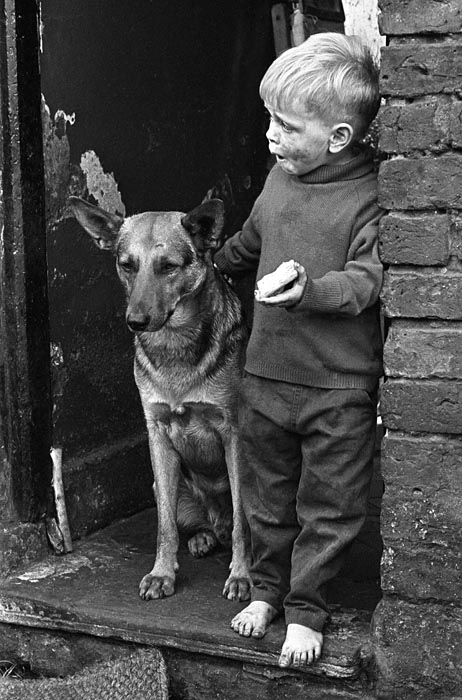
The most easily accessible location for photography is right outside your own front door – in the street if you happen to live in town. Out there people are coming and going about there daily lives, and the houses, buildings and surroundings themselves can make really worthwhile subjects. Why then do so many photographers get into a sweat at the very thought of taking pictures in the street?
Because, understandably, they feel self-conscious and a bit nervous about pointing their cameras at perfect strangers. This is normal, and if you feel that way, you are not alone.
You probably also feel as if you are being intrusive. Well, in a way, you are and because this type of photography brings you into contact with total strangers. It does not suit everyone.
YOU HAVE A RIGHT TO TAKE PICTURES
However, you don’t always have to tackle your subjects head-on. It is important to remember that you have a perfect right to take pictures in a public street and that there are many more subtle ways of capturing pictures of people than simply sticking a camera in their face.
It can help your street photography skills if you start by taking pictures at street events or parades, where everyone participating and watching will expect lots of photographs to be taken and will readily accept the presence of photographers. A good training ground can be a busy tourist town – again, people will be expecting photographers to take pictures. Aim for rear views of people to begin with so that they may not even know they have been photographed and will not question you. All this will help you build confidence.
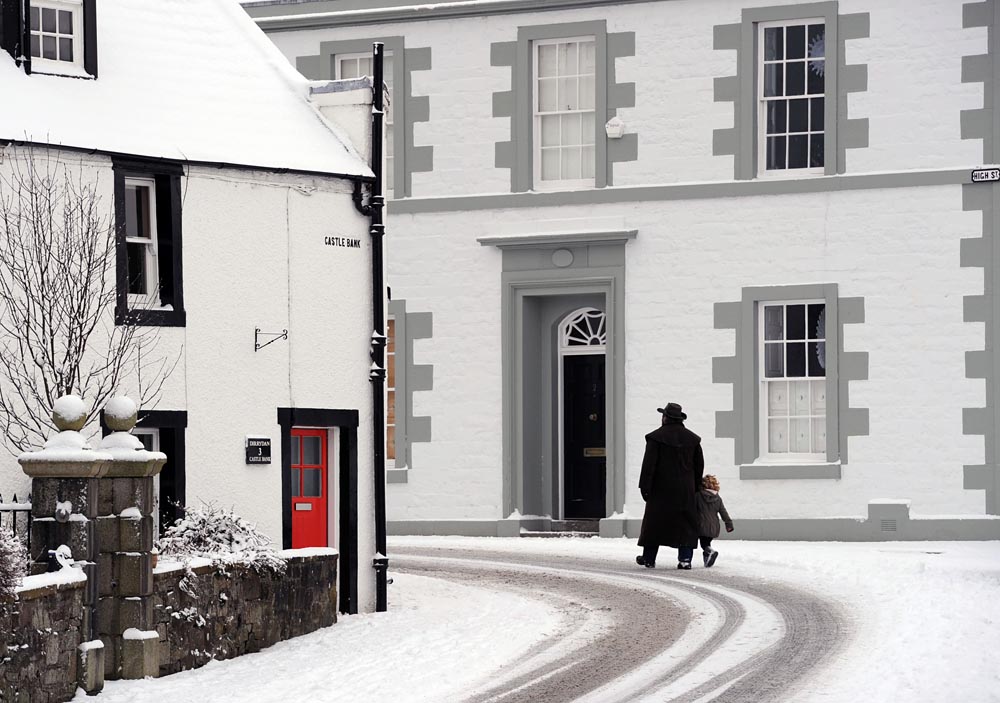
PRESS THE SHUTTER AGAIN
Eventually someone will turn around and see you taking their photograph. Rule Number One – press the button again, smile broadly and say something pleasant. Tell them what a great picture they have helped to create, how good they looked and how you could not resist taking it. Show them the picture on the preview screen if they are interested. Let’s face it, you would not have taken the person’s picture in the first place if you felt the subject looked at all threatening, so who knows, you may gain a friend, or a least a ‘tame’ subject who you may be able to ask to ‘do it again’.
This approach can lead to countless happy encounters with strangers and many great pictures. Most of all, don’t expect to be an expert overnight, it takes time to build technique and confidence – especially confidence.
TAKE OUT YOUR CAMERA
All this will help you get started, your aim is to feel confident enough to take out you camera in almost any situation and take pictures.
Remember, good street photography is about much more than just taking pictures in the street, because anyone can do that. Your pictures must have meaning, relevance, context, focal points and sound composition that will attract and hold your viewer’s attention. Each picture must tell a story and have a sense of immediacy. Going out there, tilting your camera at an angle and convincing yourself that becasue you have recorded a ‘moment’ is not street photography.
You can learn from years of professional experience on one of Philip Dunn’s Photography Workshops
Q&A
It seems like I’m always asked the following questions when I suggest we go out and take pictures of people in the street. Some photographers have to make a great effort to pluck up enough courage just to take the camera out of the bag. However, it does not take them long to see how much fun it is and how good the rapport can be with total strangers.
Q
Will people object to being photographed?
A
Well, I suppose you can make a friend or a foe in 1/500sec, but mostly people will either ignore you altogether, or ask why you are taking their picture. A perfectly reasonable question that deserves an answer. The amateur photographer has got the ideal reply – “I’m just a keen photographer who enjoys photographing people, I hope you don’t mind.”
Q
Will they become aggressive?
A
Very, very rarely. Common sense and basic street craft comes into play here and you will soon learn when it’s best not to point a camera. If someone tells you to ‘go away’, just smile and move on, don’t argue, there are plenty of other subjects to choose from.
Q
Should you ask permission first?
A
I nearly always prefer to get something in the camera first and ask permission afterwards. Again, much depends on the circumstances, but remember, when someone says they don’t mind being photographed, you have a ‘tame’ subject and you should ask to take more pictures.
Q
What should you do if they spot you taking their picture of them?
A
Press the shutter button again – that’s because the initial reaction to being photographed can create a very special photograph. Then smile broadly, hold both hands up and tell them what you are doing and why.
11 TIPS FOR BETTER STREET PHOTOGRAPHY
- Use fast shutter speeds to freeze people’s movements. 1/250sec minimum if possible. This may require a faster ISO in poor light conditions.
- Keep your camera set for instant use either with the correct exposure if you are using Manual mode, or use TV(shutter priority mode), or AV (aperture priority mode), whichever suits you best.
- Keep your camera accessible – preferably around your neck and perhaps tucked into your jacket a little.
- Patience is essential.
- Observe and watch people closely.
- Be aware of everything going on around you – that includes behind you.
- Anticipate where people are likely to go – you will learn to predict their movements quite well with practise.
- Find good viewpoints and wait for people to move into them.
- Start with ‘back view’ shots of people… there’s less chance of you being spotted taking pictures.
- Take lots of pictures because that ‘decisive moment’ can be elusive in the beginning.
- Travel light – big, heavy camera bags are a nuisance and will attract attention.
- Finally – keep your camera bag tightly zipped up when working in a crowded street. It would be a shame to lose equipment to light fingers while you are concentrating on taking pictures.
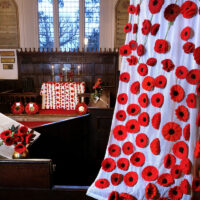
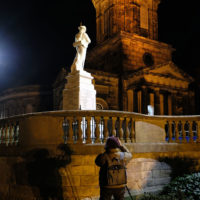
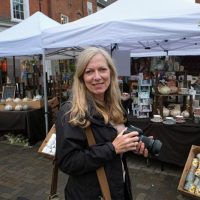
Pingback: Street Photography 1 | Photo news & views